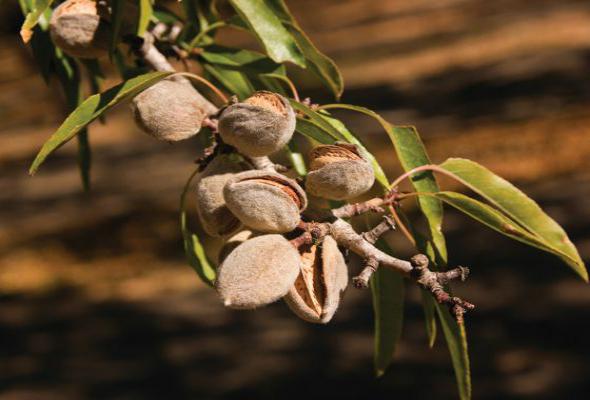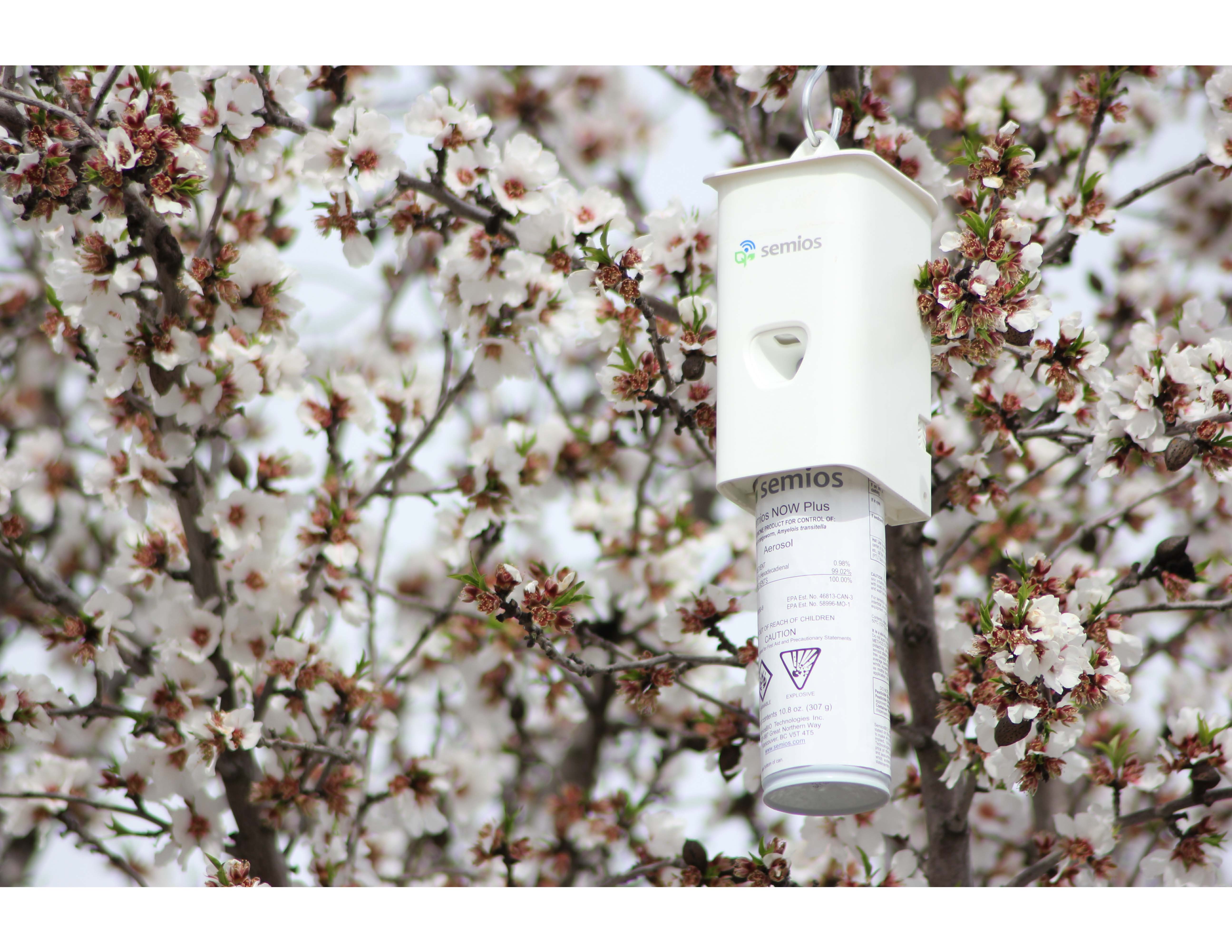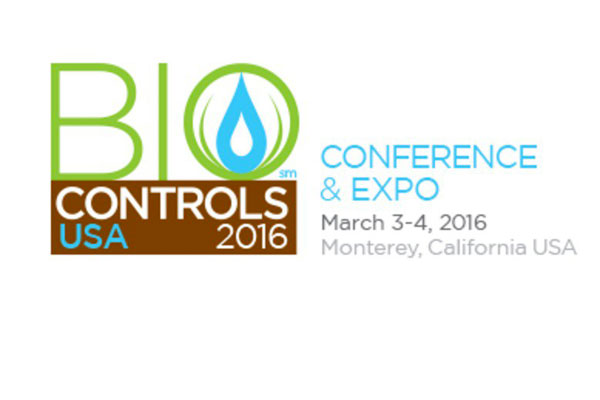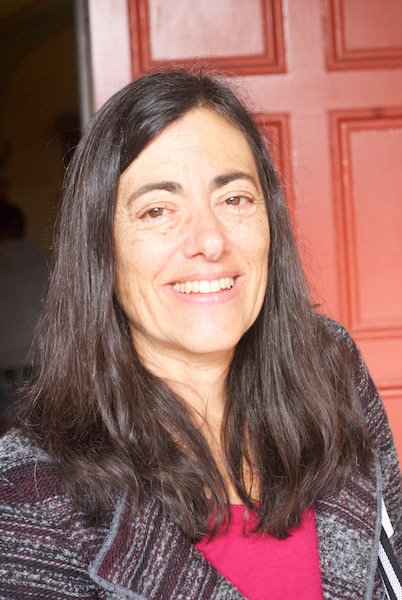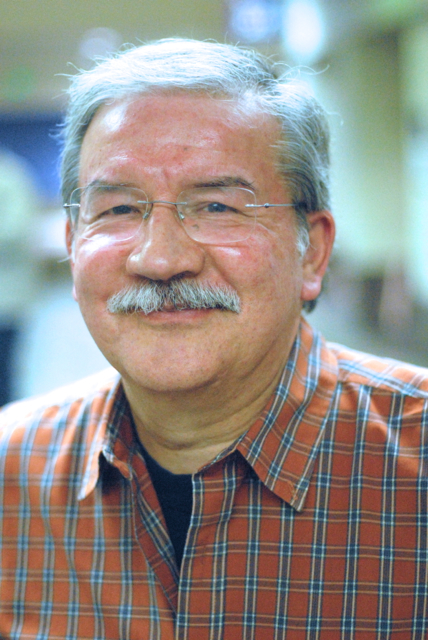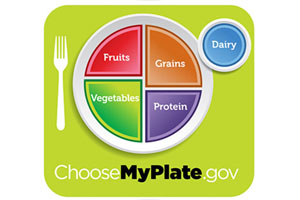Nut Harvest Safety Highlights
Nut Harvest Safety Seminar Highlights Risk Areas of Harvest Season
By Patrick Cavanaugh, Farm News Director
Nut harvest safety was the topic of a recent seminar, sponsored by AgSafe and the Western Agricultural Processors Association (WAPA), at the Fresno Farm Bureau office.
When almond harvest commences in a few months from now, safety in the field is very important as crews move out to eight hundred thousand acres of bearing orchards. California Ag Today produced a video on this meeting.
Carlos Mendez, almond harvest manager for Madera-based AgriLand Farming, which produces almonds, pistachios, walnuts, grapes, and citrus, said, “Safety is number one for us. If you look at any of our vehicles, we have a lot of lights to help break through the dust. It looks like a Christmas tree, which includes my truck. We also use safety vests and strobe lights on everything,” he noted.
Mendez said safety is part of the AgriLand Farming culture. “We don’t have a safety officer or coordinator because we are all in charge of safety. All of us wear that ‘safety hat,’” Mendez said.
And when Mendez talks about all the necessary increased lighting, he is also trying to prevent harvest workers from being run over by harvest vehicles or getting their hands caught in chain drives or augers.
“We’re moving, at any given time, sixty pieces of equipment. Everyone must be aware of harvesters backing up to bank-out wagons in the orchard to transfer the crop, as well as bank-out wagons unloading their the crop at elevators into transport trucks,” Mendez said.
“All workers need to be so constantly careful, even to preventing falling off equipment,” said Mendez.
__________________________
AgSafe is a statewide non-profit organization dedicated to providing employers and employees in the agricultural industry with education and resources to prevent injuries, illnesses and fatalities. Our vision is to be a one-stop resource providing safety solutions for the agricultural industry.
Western Agricultural Processors Association (WAPA) was formed in 2009 to answer the industry’s call for representation and expertise in critical compliance areas, such as air pollution, food safety and safety services, a new agricultural organization has been formed. This organization shares staff and office with the California Cotton Ginners and Growers Associations. WAPA represents the tree nut industry including almond hullers and processors, pistachio, pecan and walnut processors, on regulatory and legislative issues. In addition, the Association performs critical consultative services for its members on issues such as air pollution permits, lockout/tagout and safety plans, Spill Prevention Control and Countermeasure (SPCC) plans and many other services.





